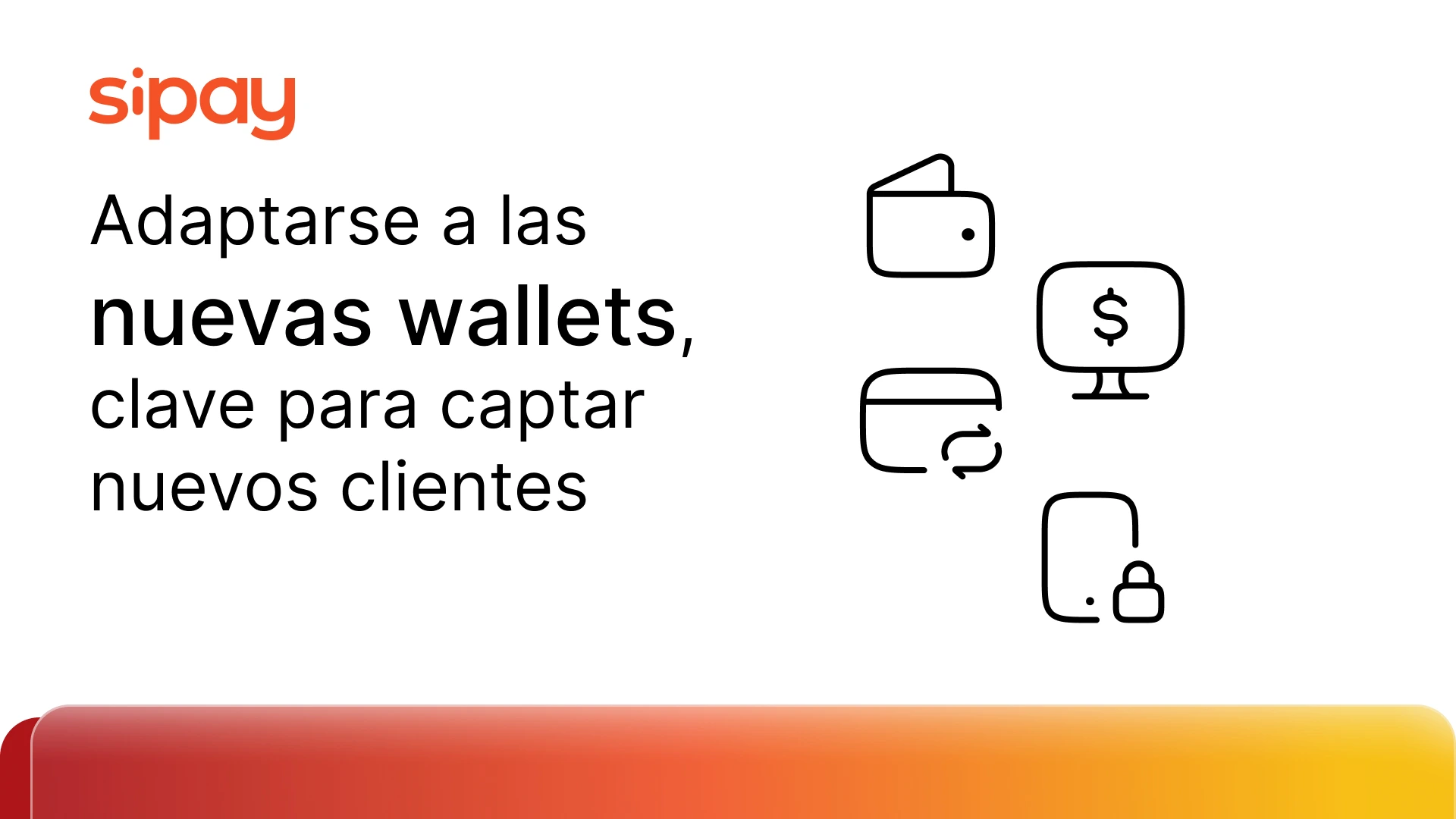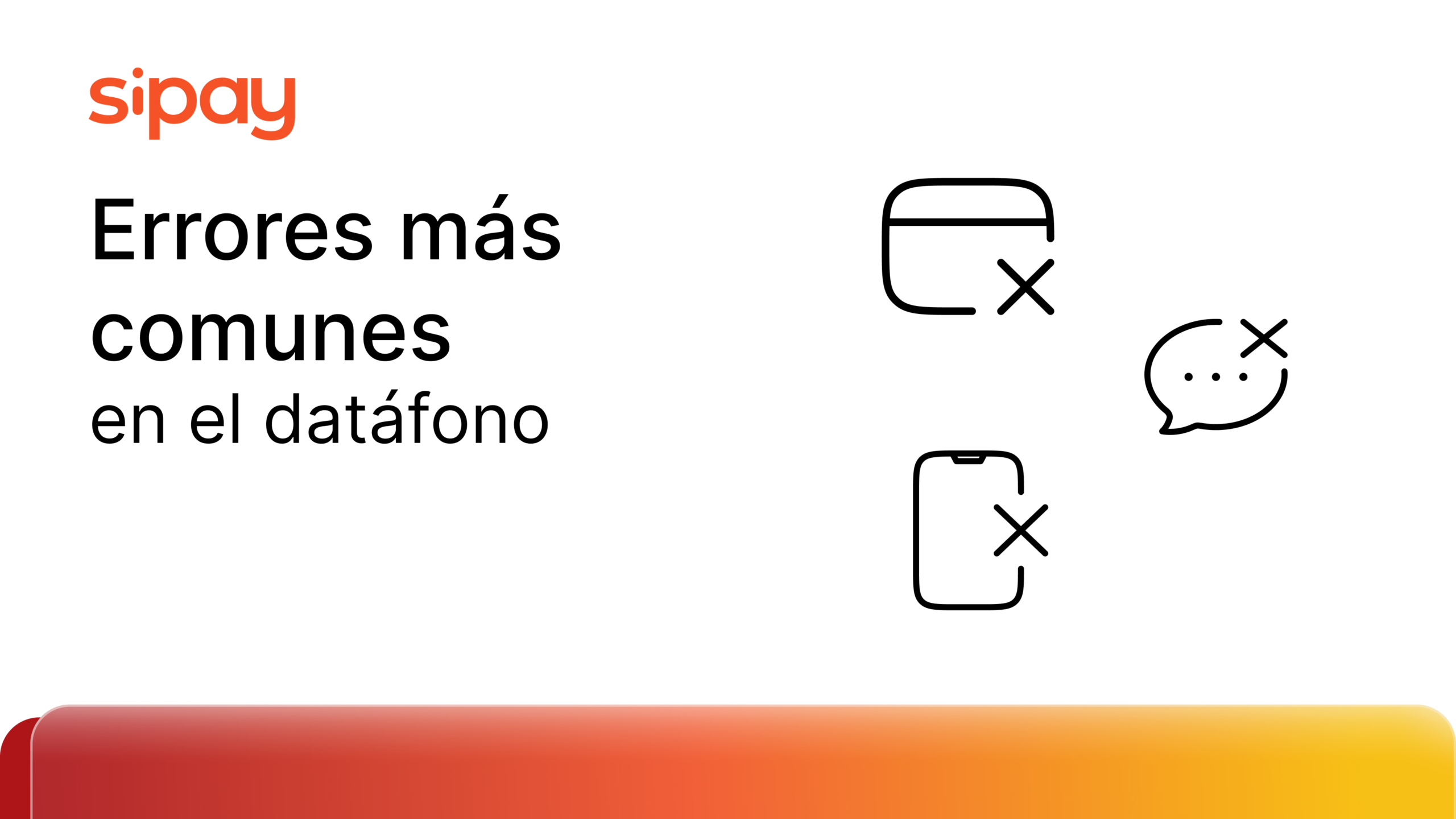Everyone is looking for ecommerce conversion, but what happens when the customer has no intention of buying online?
The way to search, compare and buy has evolved significantly in recent years with the growth of ecommerce and increased interaction between channels. Nowadays, the consumer understands shopping as an integrated process in which the online and offline world are combined to offer the best experience, without being limited to a single channel. Therefore, not all purchases that are initiated through the laptop or mobile end up being completed online, nor is it the same for purchases initiated in the face-to-face channel. In fact, 23% of users make their searches online and then make the purchase in the store, which is called the ROPO effect (Research Online, Purchase Offline), compared to 9% who do the process in reverse. Therefore, we believe it is important to analyse the first case to understand how this behavior affects our business and how can we get the most out of it, preventing it from becoming a barrier to sales.
First of all, we need to know a little more about the behaviour of users and the reasons for their decisions. On the one hand, it is important to know that one of the main reasons why customers buy online is the wide range of products, even beyond price or convenience. In addition, one of the factors for low satisfaction when buying in this channel is the lack of enough available payment methods, which drives many users to the offline channel.
Faced with this situation, there are two strategies that we can follow: try to avoid the transfer of our users from the online channel to the offline if we do not have a physical store, or ensure that in the passage from online to offline the customer makes the purchase in our business. The latter is very important and more so considering that 48% of information searches are made on the website of the store itself, so if we have already achieved the difficult step of attracting customers to our website, we must do everything possible to guide them to purchase, whatever channel they choose. But how do we materialize all this into concrete actions to take advantage of the ROPO effect? Here are 4 ideas and tips to not get left behind:
- As we mentioned before, the large product catalogue is one of the reasons to buy online. If a user finds something he or she likes on the ecommerce, but then does not locate it when going to the physical store, it is possible that he or she will eventually not make any purchase or will even do so at another store. Therefore, it is useful to coordinate the online catalogue with the in-store stock, so that the user can know if he/she will find that product when he/she goes to his/her nearest store. This way, in case it is not available, the user will be able to evaluate other options such as buying it directly online.
- Some consumers prefer to see, touch or try the products, but are not always sure they will find them in the physical store. An alternative to this problem is to include the option of sending the product to the store, either by paying for it online and offering the possibility of returning it after picking it up if it is not what was expected, or charging the customer when picking up the item at the physical store.
- While we cannot change consumer preferences for one channel or another and must adapt to them, we do have to be careful to ensure that their offline purchase choice is not due to a bad experience in the online channel. Thus, we should have in our ecommerce secure and simple payment methods that fit the profile of our users, which will help us reduce the ROPO effect and increase the conversion of the website.
- With all that, it is still possible that a consumer will end up going to a different store than the one he had consulted. To reduce this possibility, use a loyalty program and adapt it to your different channels so that the user can move from one to another without difficulty. This way, the consumer will be more inclined to buy in your store thanks to the prospect of obtaining greater advantages or benefits.
Something that is becoming clear in recent years is that the consumer has become king, increasing his or her decision-making power and level of demand. For this reason, Sipay’s payment gateway highlights the importance for all businesses to adapt to the needs and preferences of consumers from product design to payment or subsequent customer service. Being omnichannel is no longer an option, but a must, which is why many pure online players open stores or showrooms in person, while more traditional stores make the leap to online. Today more than ever everything is connected and businesses must also be connected to their customers.



